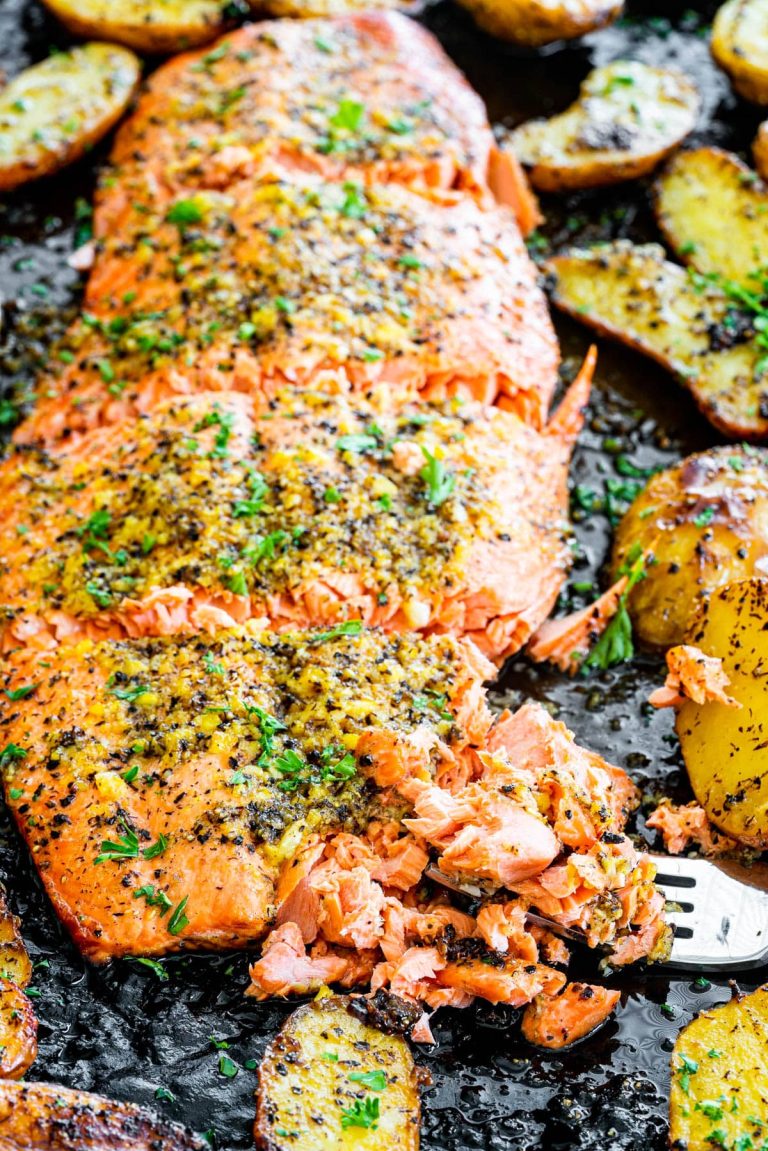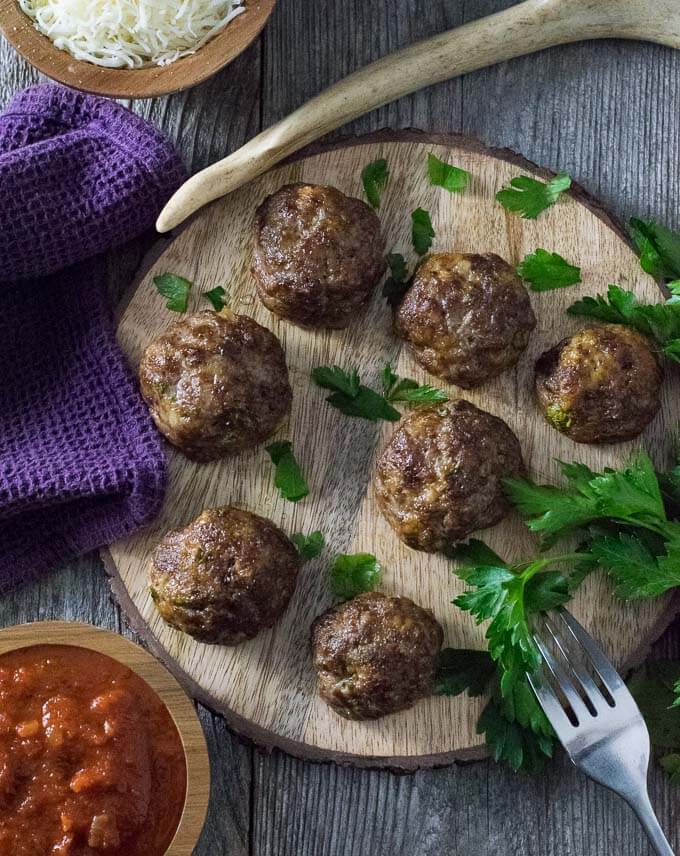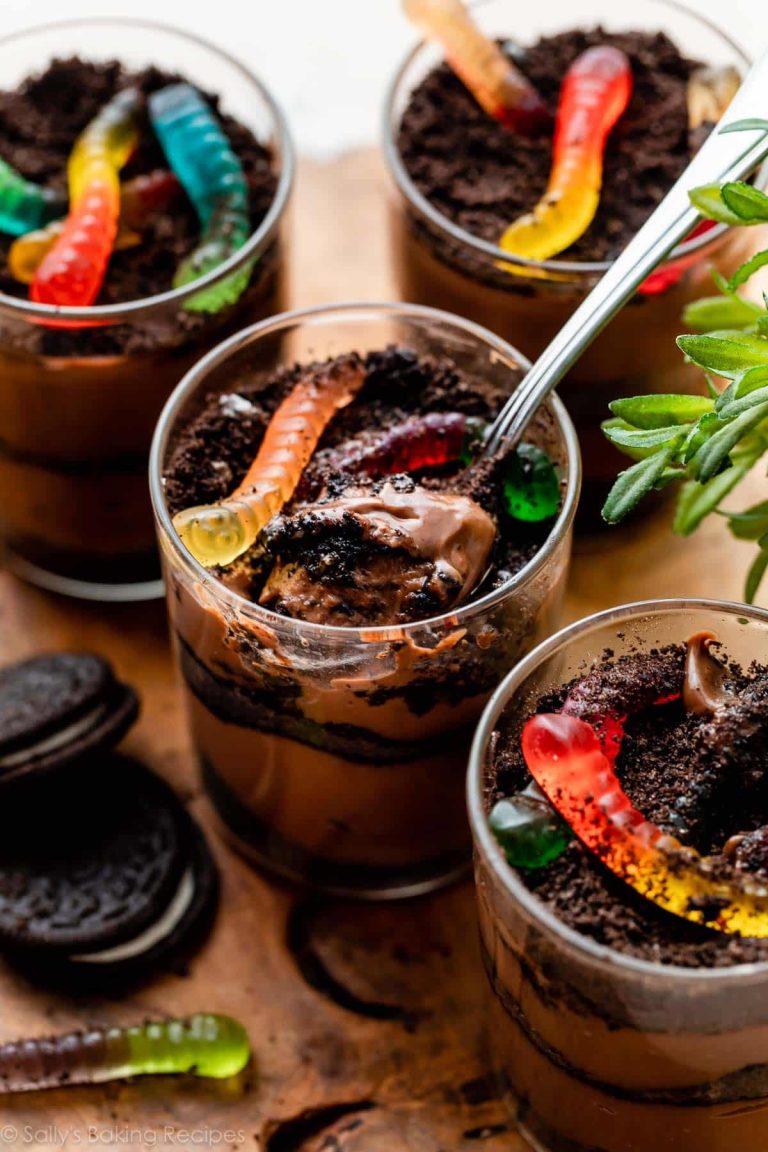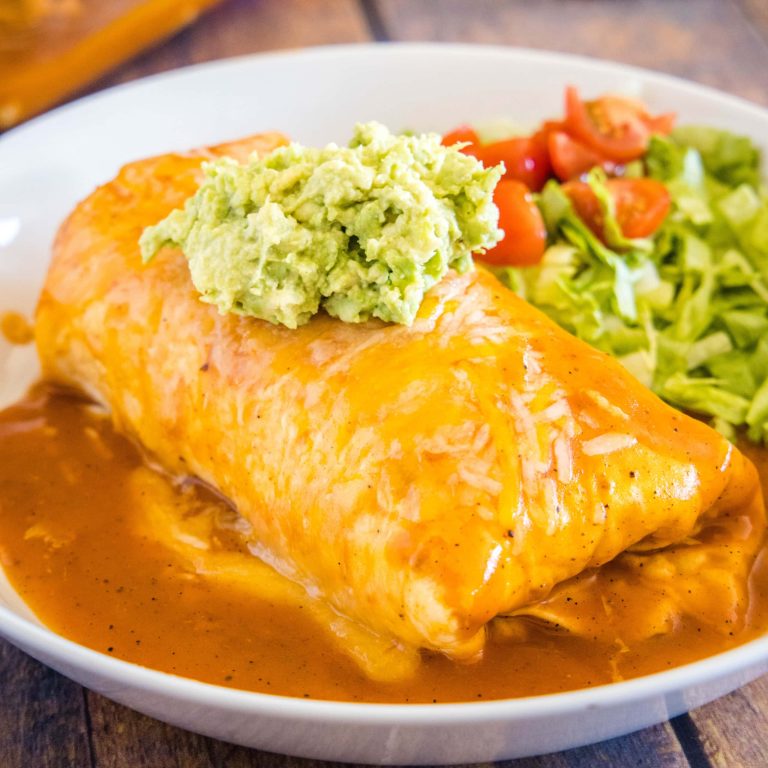Sugar Free Peanut Butter Cookies Recipe & Tips
Sugar-free peanut butter cookies offer several health benefits. They contain less sugar, reducing the risk of conditions like diabetes and obesity. Without added sugars, these cookies help maintain stable blood sugar levels. They’re often rich in protein and healthy fats due to peanut butter, promoting satiety and muscle health. You also get essential nutrients like vitamins E and B6, magnesium, and potassium, which are important for overall health. Consuming sugar-free versions helps avoid the pitfalls of high sugar intake while still enjoying a tasty treat.
Dietary Considerations
When selecting sugar-free peanut butter cookies, various dietary considerations come into play. These cookies are often lower in carbs, making them suitable for low-carb or keto diets. They commonly use alternative sweeteners like stevia or erythritol, which add sweetness without raising blood sugar levels. It’s crucial to check the ingredient list, ensuring there’s no hidden sugar or unhealthy fats. Additionally, many sugar-free options are gluten-free and dairy-free, catering to those with specific dietary restrictions or allergies. Opting for high-quality, natural ingredients enhances both taste and nutritional value.
Key Ingredients in Sugar Free Peanut Butter Cookies
Sweeteners Used
Sweeteners play a crucial role in sugar-free peanut butter cookies. Instead of traditional sugar, sugar-free cookies use alternatives like stevia, erythritol, and monk fruit extract. Stevia, derived from the leaves of the Stevia rebaudiana plant, provides sweetness without calories. Erythritol, a sugar alcohol, offers a similar sweetness level to sugar and is about 70% as sweet. Monk fruit extract, derived from monk fruit, contains zero calories and is up to 200 times sweeter than sugar. These sweeteners help maintain the desired sweetness while keeping the cookie low in sugar and calories.
Types of Peanut Butter
The type of peanut butter used influences the texture and flavor of the cookies. Natural peanut butter, which contains just peanuts and possibly a bit of salt, offers a purer, more authentic peanut flavor. Ensure the product has no added sugars or hydrogenated oils. Creamy peanut butter provides a smooth texture, whereas crunchy peanut butter adds an extra bite and texture due to the peanut pieces. Choose high-quality, non-GMO, and organic options, if available, to enhance the cookies’ nutritional profile.
Baking Techniques for the Best Texture
Oven Temperature Tips
Preheat the oven to 350°F to ensure even baking. Lower temperatures, like 325°F, result in softer cookies, while higher temperatures, like 375°F, create crispier textures. Always use an oven thermometer to verify accuracy, as variances can affect the final outcome. Bake cookies on the middle rack for uniform heat distribution, avoiding the top or bottom racks, which might cause uneven cooking.
Ingredient Mixing Methods
Start by creaming the peanut butter with any chosen sweetener to incorporate air, creating a light texture. Use an electric mixer on medium speed for best results. Mix dry ingredients separately to avoid overdevelopment of gluten, which can make cookies tough. Gradually combine wet and dry ingredients, mixing just until blended. If adding extras like nuts or chocolate chips, fold them in gently to maintain the dough’s integrity.
Comparing Popular Sugar Free Peanut Butter Cookie Recipes
Store-Bought vs. Homemade
Store-bought options offer convenience but often include preservatives and other additives. Homemade cookies, on the other hand, let you control every ingredient. You can use natural sweeteners like stevia or erythritol, avoiding the hidden sugars often found in store-bought versions.
Nutrition varies significantly. Homemade cookies usually offer fewer calories and carbs, depending on your chosen ingredients. Reading labels on store-bought products is crucial, as some brands add sugar substitutes that may not align with your dietary goals.
Time is another factor. Making cookies at home requires preparation, baking, and cleaning. Store-bought cookies save time but may compromise on quality and nutritional value.
Recipe Variations
Variations in sugar-free peanut butter cookie recipes abound, allowing flexibility in taste and texture. Some recipes use almond flour instead of regular flour, catering to gluten-free diets. Almond flour adds a subtle nutty flavor, enhancing the cookie’s profile.
Sweeteners also vary. Some recipes rely on monk fruit extract, a natural sweetener with zero calories. Others prefer erythritol for its sugar-like taste and texture.
Texture and hardness differ across recipes. Some provide a chewy consistency by adding ingredients like coconut oil, while others offer a crunchier bite through increased baking time or the inclusion of crushed nuts.
Egg alternatives cater to vegan diets. Flaxseed meal or chia seeds soaked in water can replace eggs, matching their binding properties without animal products. This adaptation allows versatility while maintaining moisture and texture in the cookies.
Flexibility in these recipes ensures you find a sugar-free peanut butter cookie that meets your dietary needs and taste preferences.
Conclusion
Sugar-free peanut butter cookies offer a delicious and healthier alternative to traditional treats. By using natural sweeteners and high-quality ingredients, you can enjoy a tasty snack without the guilt. Experimenting with different types of peanut butter and baking techniques allows you to customize the texture and flavor to your liking.
Making your own cookies gives you control over what goes into them, ensuring they meet your dietary needs and preferences. Whether you’re looking for gluten-free options or vegan adaptations, there are plenty of variations to explore.
So, grab your ingredients and start baking your perfect batch of sugar-free peanut butter cookies today. You’ll find that these treats not only satisfy your sweet tooth but also align with your health goals.






